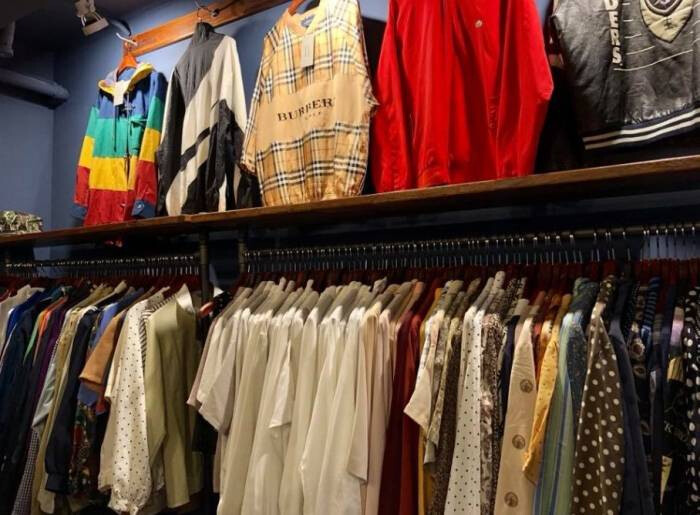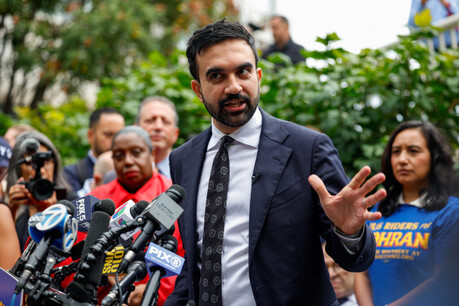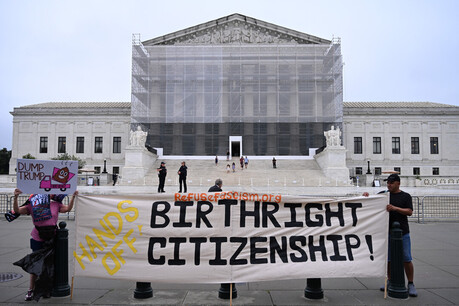
Vintage shopping is no longer just a trend; it's a movement. Young people, particularly those belonging to the Gen Z and millennial demographics, are increasingly turning to vintage clothing as a way to express their individuality and contribute to a more sustainable future.
Once considered as simply secondhand or thrift stores, vintage shops have evolved into cultural hubs where young people can discover unique pieces and connect with like-minded individuals. The allure of vintage lies in its ability to offer one-of-a-kind items that carry a rich history and resonate with the desire for authenticity.
"There's something special about vintage that you can't find in new clothes," said Kim, a 22-year-old university student. "It's a way to express yourself and stand out from the crowd, all while being conscious of the environment."
Sustainability and Social Impact
Beyond personal style, vintage shopping aligns with the growing concern for environmental sustainability. As fast fashion's negative impact on the planet becomes more apparent, young consumers are seeking alternatives that reduce waste and promote a circular economy.
A recent report by ThredUp, a global online consignment and thrift store, revealed that the resale market is projected to grow significantly in the coming years. This trend is fueled by a younger generation that values quality over quantity and is willing to invest in pieces that will last.
Moreover, vintage shopping often involves supporting local businesses and contributing to social causes. Many vintage shops donate a portion of their proceeds to charities or environmental organizations, further enhancing their appeal to socially conscious consumers.
Vintage as a Cultural Phenomenon
The rise of social media platforms like Instagram and Pinterest has played a significant role in popularizing vintage fashion. Influencers and style bloggers have helped to create a community around vintage, inspiring others to curate their own unique looks.
Vintage shops are also adapting to meet the changing needs of consumers. Pop-up shops, online marketplaces, and subscription boxes are making it easier than ever to discover and shop for vintage clothing.
As the demand for sustainable and unique fashion continues to grow, vintage shopping is poised to become an even more integral part of the consumer landscape. By choosing vintage, young people are not only expressing their personal style but also making a positive impact on the planet and their communities.
[Copyright (c) Global Economic Times. All Rights Reserved.]





























